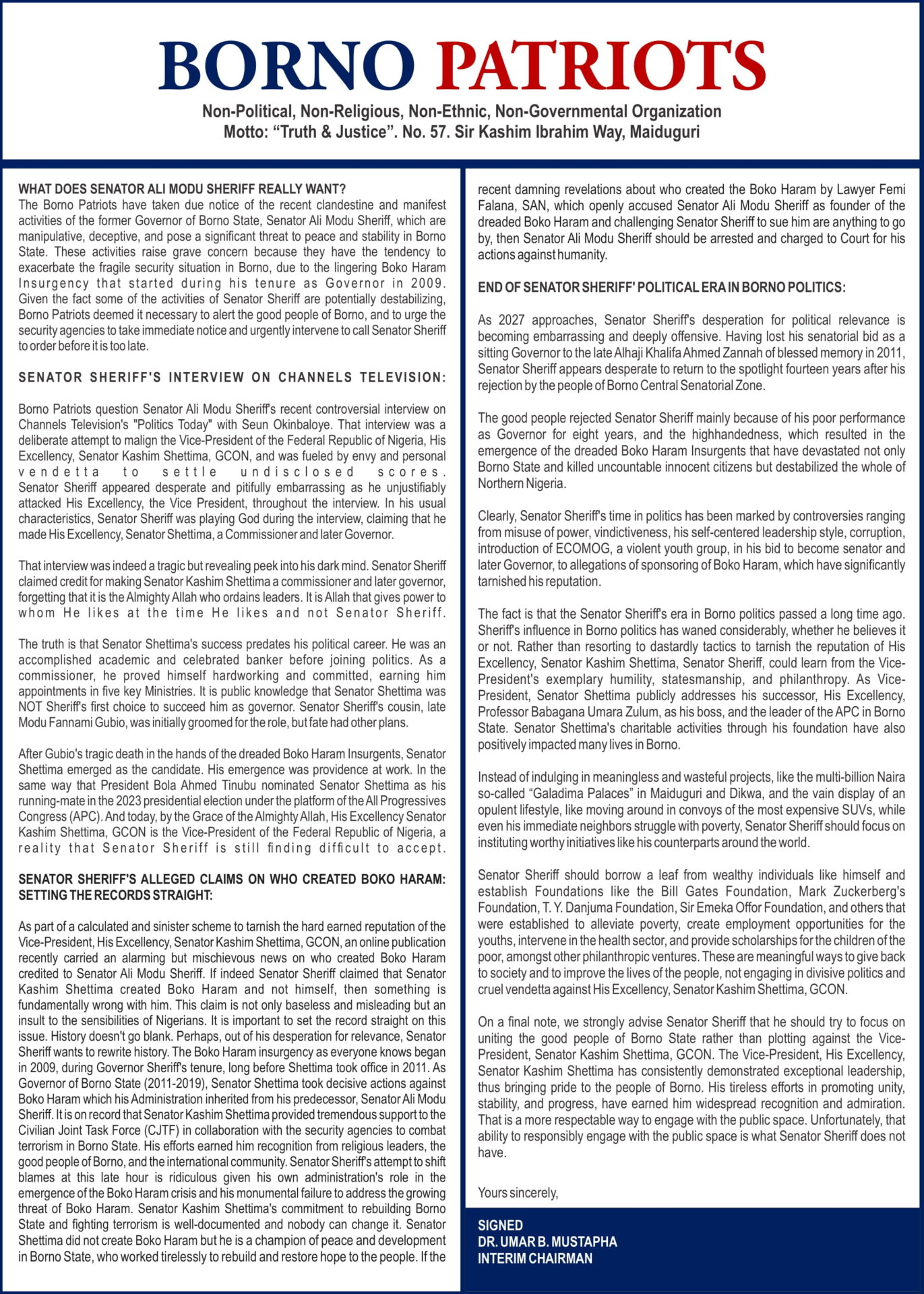ARTEFACTS looted by the British in the colonial era have been returned to Ghana and are already on public view. So why is it taking Nigeria so long to put its returned treasures on display?
A convoy sped along the busy road from Ghana’s capital, Accra, to the central city of Kumasi on 12 April, carrying an unusual and highly valuable cargo.
A police motorcycle cleared the road with its flashing blue lights and blaring siren. In a van behind were crates containing 32 pieces of gold and silver, including beautiful and intricate necklaces, a peace pipe and a ceremonial sword.
Almost all of these objects were taken by British soldiers who invaded Asante land in 1874 and 1896, and plundered the palace of the king, or Asantehene. They have been in the UK ever since.
The convoy drove fast to Kumasi and the Manhyia Palace, home of today’s king, Otumfuo Osei Tutu II.
He opened the crates, amid emotional scenes.
The Asante people have been asking for the return of the plundered gold for decades.
“We did it,” said Osei Tutu II.
“These items that were stolen, looted… not all of them have come back,” the monarch said on 1 May, as the gold was publicly displayed in the Manhyia Palace Museum.
“But those we have here still embody the soul of Asante.”
Ivor Agyeman-Duah, an author and former diplomat, is the director of the Manhyia Palace Museum. He was also in that convoy, anxious nothing should go wrong.
Mr Agyeman-Duah has been a key player in the negotiations over the return of the Asante gold, which was in two of the UK’s leading museums: the British Museum and the Victoria and Albert (V&A).
He is a cool-headed and persuasive man, but the negotiations have been complicated.
The two institutions are prevented by British law from permanently returning items, so the objects have come to Ghana on long-term loan.
For many, that is a bitter pill to swallow.
Nii Kwate Owoo, a celebrated Ghanaian film-maker who was at the ceremony in Kumasi on 1 May, made his name in the 1970s with his documentary You Hide Me, which lambasts the British Museum for hoarding African treasures.
“An armed robber comes into your house, mows down your family and grabs your valuables, and comes back later and says: ‘OK, you’re making noises, I’ll give this back as a loan!’” Mr Owoo told me, deeply unimpressed by the British terms.
Mr Agyeman-Duah understands these emotions – his own great-grandfather was exiled by the British during the Anglo-Asante wars – but is confident the Asantehene chose the right path.
“We’ve been talking about this for 50 years, and nothing happened… if we couldn’t find a middle way, we’d have just continued with this stalemate,” he argues.
There are obvious similarities between the British pillaging of Kumasi and another notorious episode in West African colonial history – the sacking of the palace of the king, or Oba, in Benin City in 1897, in what is today Edo State, southern Nigeria.
That was when the British took the Benin Bronzes – thousands of brass castings and ivory carvings – which are at the forefront of the debate around looted artefacts in Western museums.






